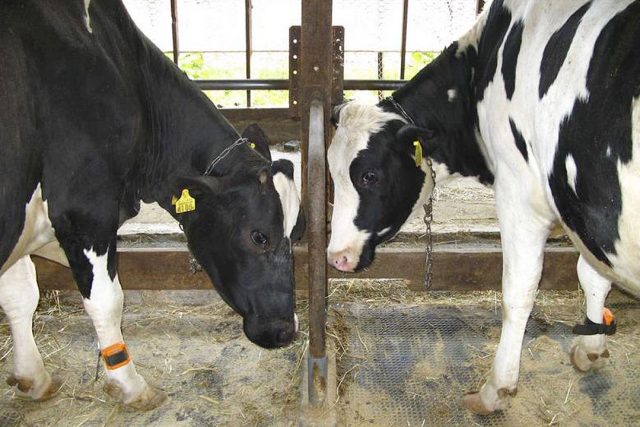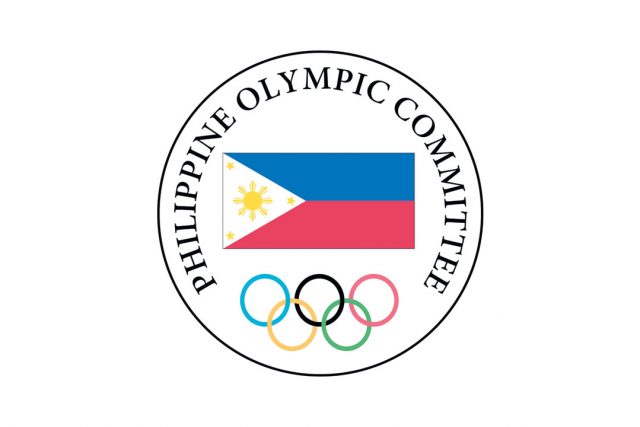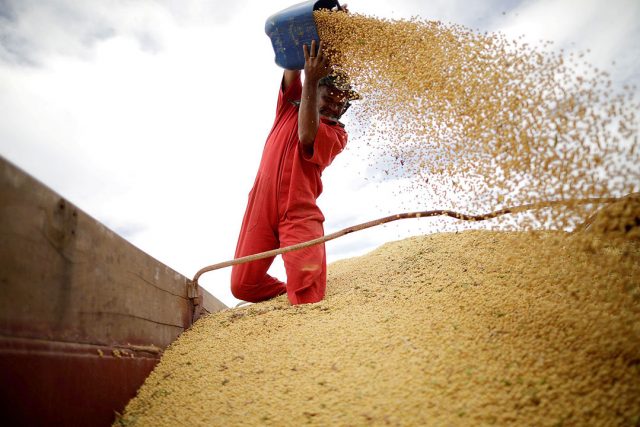SPNEC starts building 50-MW solar farm
LEVISTE-LED Solar Philippines Nueva Ecija Corp. (SPNEC) announced on Sunday the start of the construction of the initial 50 megawatts (MW) of its 500-MW solar power farm in Nueva Ecija.
The solar company disclosed earlier that the P2.7-billion proceeds from its initial public offering (IPO) will be used for the construction of the initial solar capacity and for land acquisition in Nueva Ecija, which it targets to be the largest solar project in the Southeast Asia region.
“The project is designed for the full 500 MW, using land that SPNEC has been developing since 2016. Once the first 50 MW begins delivering power to the grid, SPNEC plans to install solar panels for the next 175 MW over half a year, and be ready to install solar panels for the rest of the 500 MW over a year, given the relative ease of adding capacity to an already operating solar farm,” the company said in a statement sent via e-mail.
The project is being built in Peñaranda, a municipality in Nueva Ecija, and is seen to open 5,000 jobs during its construction and more than 500 jobs during its commercial operations.
“We are investing in training locals in solar panel installation, given the expected scale of projects in this area over the coming years,” the company said.
On Thursday, SPNEC said it was preparing a 1,000-hectare land as it gears up for a joint venture with an unnamed company to expand the capacity of its solar farm beyond 500 MW to accelerate the country’s transition to renewable energy.
“The co-location of the first 500 MW and the 1,000-hectare expansion in the same area will support the development of new transmission and bring economies of scale to solar in the Philippines, with these two projects being larger than all the solar projects to date in the Philippines combined,” SPNEC said.
The Department of Energy has committed renewable energy to account for 35% of the country’s total energy generation by 2030, and 50% by 2040. — Marielle C. Lucenio









